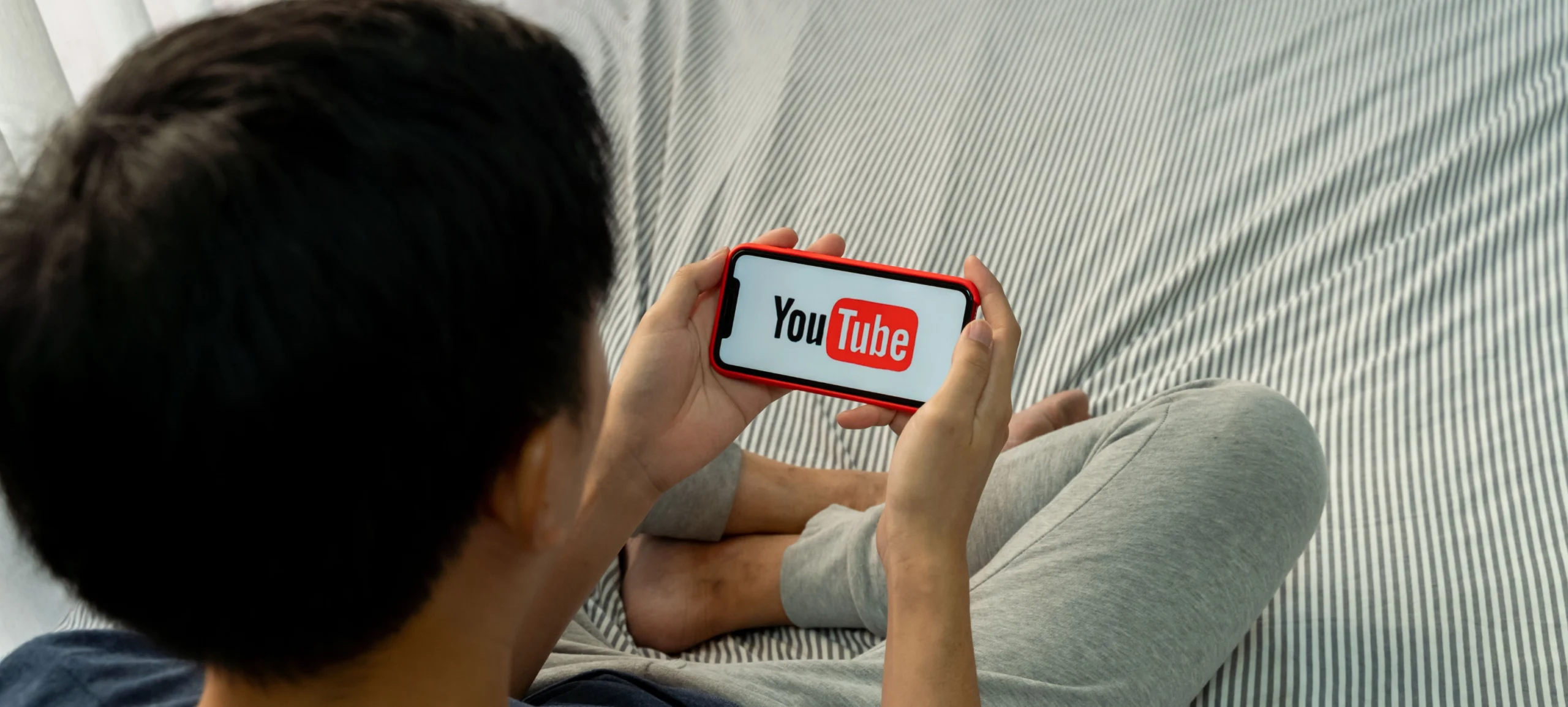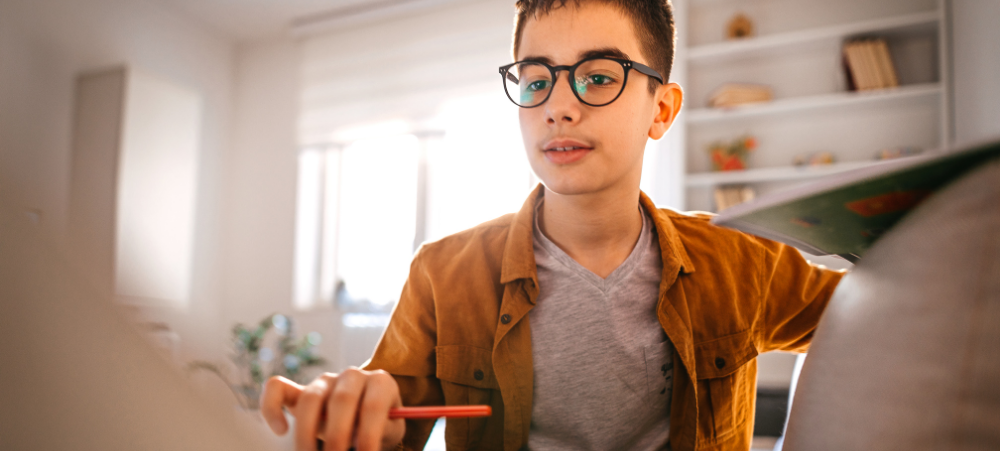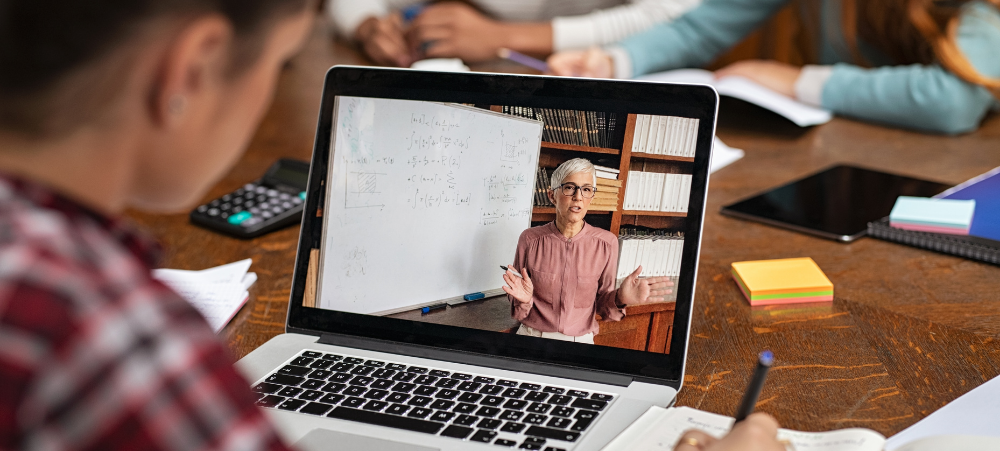In today’s digital age, platforms like YouTube have become integral to children’s lives, offering educational content, entertainment, and avenues for creativity. However, excessive screen time has raised concerns among parents, educators, and health professionals regarding its impact on children’s cognitive development, physical health, and overall well-being. Striking a balance between the benefits of digital media and the potential risks associated with prolonged screen exposure is crucial.
The Appeal of YouTube to Young Minds
YouTube’s vast array of content caters to various interests, making it particularly appealing to children. From educational videos and tutorials to entertainment and gaming channels, the platform offers endless possibilities for exploration. This diversity, coupled with the platform’s algorithmic recommendations, can lead to extended viewing periods, often without children realising the passage of time.
Potential Impacts of Excessive Screen Time
While digital platforms provide valuable resources, excessive screen time can have several adverse effects on children:
- Cognitive Development: Overexposure to fast-paced media can affect attention spans and information retention.
- Physical Health: Prolonged screen time is associated with sedentary behaviour, contributing to issues like obesity and poor posture.
- Eye Health: Extended periods of screen use can lead to eye strain and discomfort.
theguardian.com - Sleep Disruptions: Exposure to screens, especially before bedtime, can interfere with sleep patterns, affecting overall health and academic performance.
Expert Recommendations for Screen Time
Health organisations have provided guidelines to help parents manage their children’s screen time:
- World Health Organisation (WHO): Recommends no sedentary screen time for children under 1 year old and no more than 60 minutes for those aged 2-4.
en.wikipedia.org - American Academy of Paediatrics (AAP): Advises avoiding screen time, except for video chatting, for children younger than 18-24 months; limiting screen time to about one hour per day of high-quality programming for children aged 2-5; and creating a family media plan for older children to ensure healthy screen use.
en.wikipedia.org
The Role of YouTube Kids
To address concerns about inappropriate content, YouTube launched YouTube Kids, a platform designed to offer child-friendly videos. However, reports have highlighted that even on this platform, some harmful content can slip through its filters. Paediatricians recommend that parents manually adjust settings and remain vigilant about the content their children access.
Strategies for Balancing Screen Time
Achieving a healthy balance between screen time and other activities involves several strategies:
- Set Clear Boundaries: Establish and enforce rules regarding screen use, such as limiting usage during meals and before bedtime.
- Encourage Alternative Activities: Promote physical play, reading, and hobbies that do not involve screens to ensure a well-rounded lifestyle.
- Co-View Content: Watching videos together allows parents to monitor content and engage in discussions, enhancing the educational value of the media consumed.
- Implement the 20/20/20 Rule: To protect eye health, encourage children to take a 20-second break every 20 minutes to look at something 20 feet away.
theguardian.com - Create Screen-Free Zones: Designate areas in the home, such as bedrooms and dining areas, where screens are not allowed to promote better sleep and family interaction.
- Use Parental Controls: Utilise available settings and apps to restrict access to inappropriate content and manage the amount of time spent on devices.
The Importance of Open Communication
Engaging in open dialogues with children about screen time is essential. Discussing the reasons behind screen time limits and involving children in setting these boundaries can lead to better adherence and understanding. Experts emphasise that instead of imposing rigid limits, focusing on balancing screen use with other activities and involving kids in creating boundaries fosters healthier habits.
Conclusion
YouTube and similar platforms offer valuable content that can contribute positively to children’s development when used appropriately. However, it is imperative to balance screen time with other essential activities to ensure holistic growth. By setting clear boundaries, encouraging diverse activities, and maintaining open communication, parents can help their children navigate the digital world safely and healthily.
We understand that there are many aspects that encompass a Mother, Father or Child and strive toward providing resources and services that accommodates this.
Our content is aimed to inform and educate families on issues starting from pregnancy through to the challenges of the teen-age years.
- Tips for Breastfeeding in Public: Confidence and Comfort - November 20, 2025
- Eskort launches Kiddos: South Africa’s first pork range made just for kids - November 13, 2025
- Putting the Power of Learning in Learners’ Hands During Global Education Week - November 12, 2025





